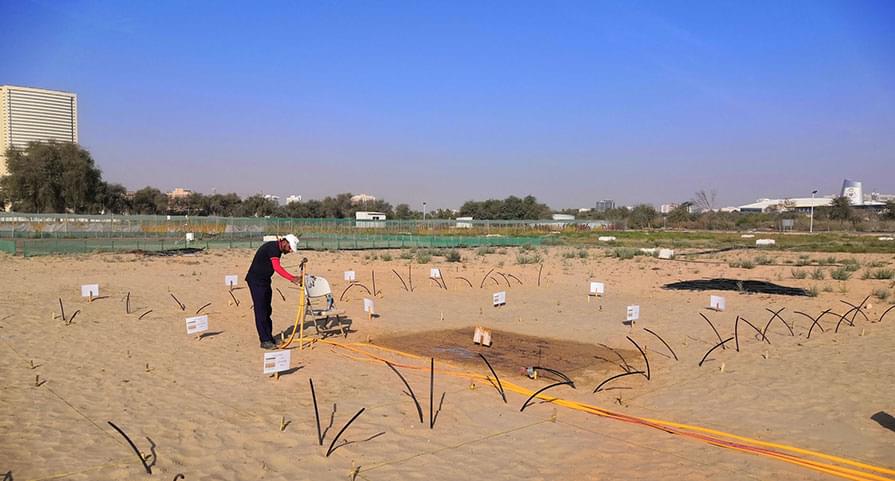Mar 20, 2022
Marmots may hold the secret to longevity
Posted by Genevieve Klien in categories: biological, life extension
This disparity gets at the difference between one’s chronological age — how old they are in years — and their biological age, which is how their body has aged naturally and in response to its environment. The two can diverge in ways that are either blessings or curses. Hence why those who grow up under extreme stress or in polluted environments may look much older than they actually are.
And yellow-bellied marmots can tell us something about these two ages.
Yellow-bellied marmots (Marmota flaviventer) are no burrow-dwelling meteorologists like the groundhog. They may sound craven, but these quirky critters, also known as whistle pigs, make for fascinating subjects: the cat-sized rodents have a longer lifespan than expected for a mammal of their size. On average, marmots live 15 years.


















